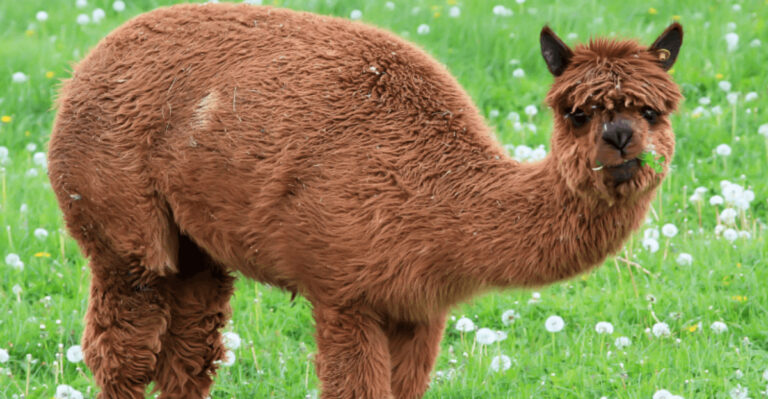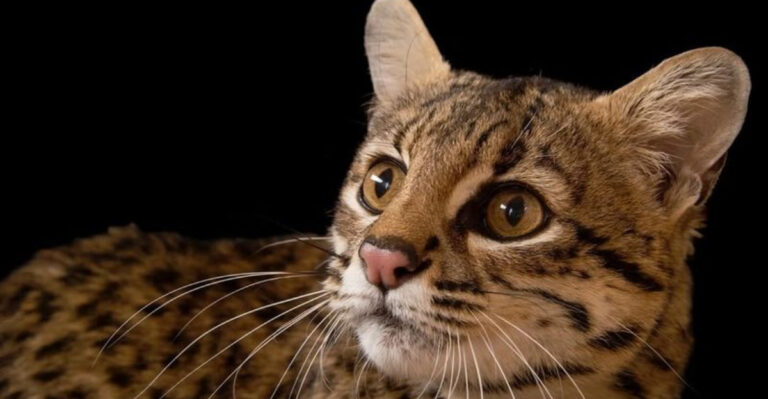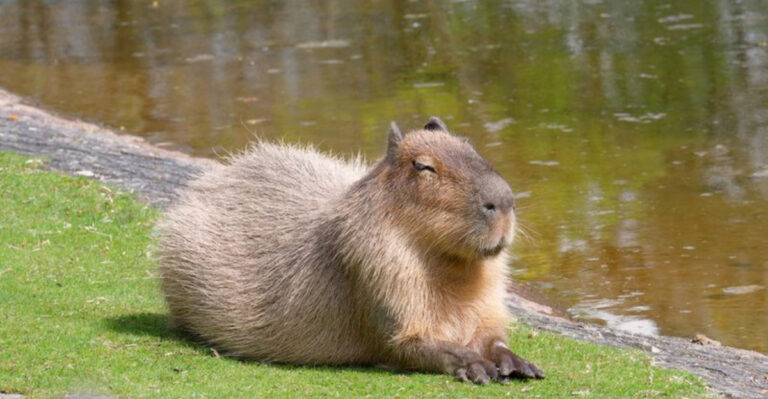15 Rare Cats That Rule The Wildernes (If You Can Find Them)
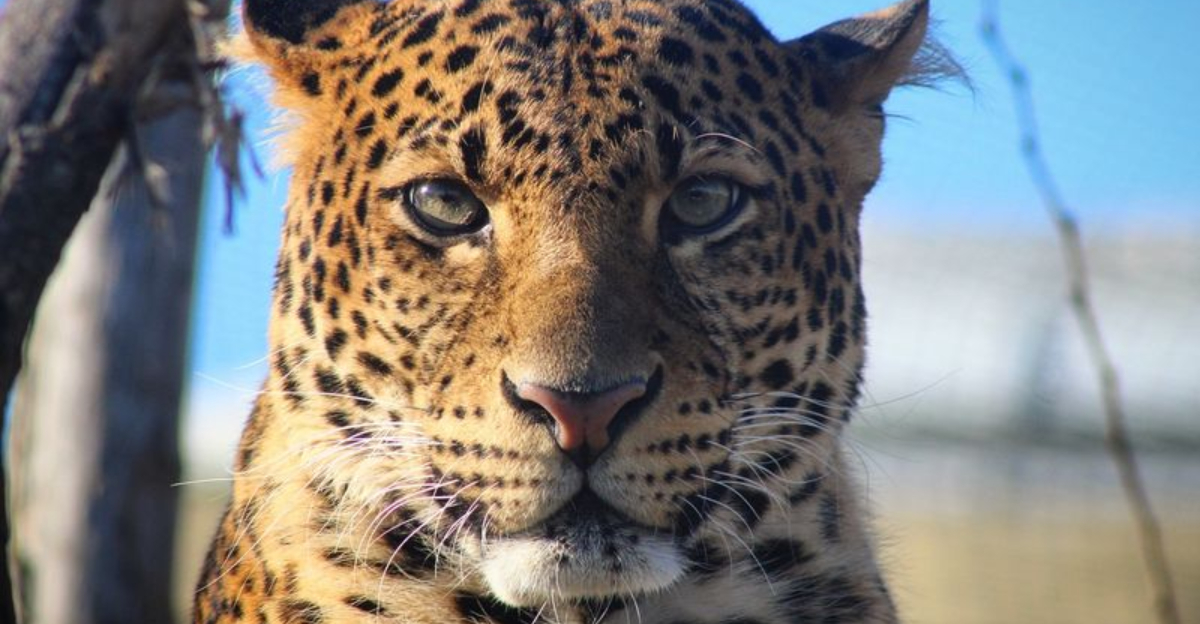
Step into the mysterious world of wild cats with of the rarest felines on Earth. These elusive beauties are hiding in plain sight – from jungle floors to snowy peaks.
Each one has its own set of survival superpowers, perfectly tuned to its environment. Think silent paws, sharp eyes, and epic camouflage.
1. Rusty-Spotted Cat
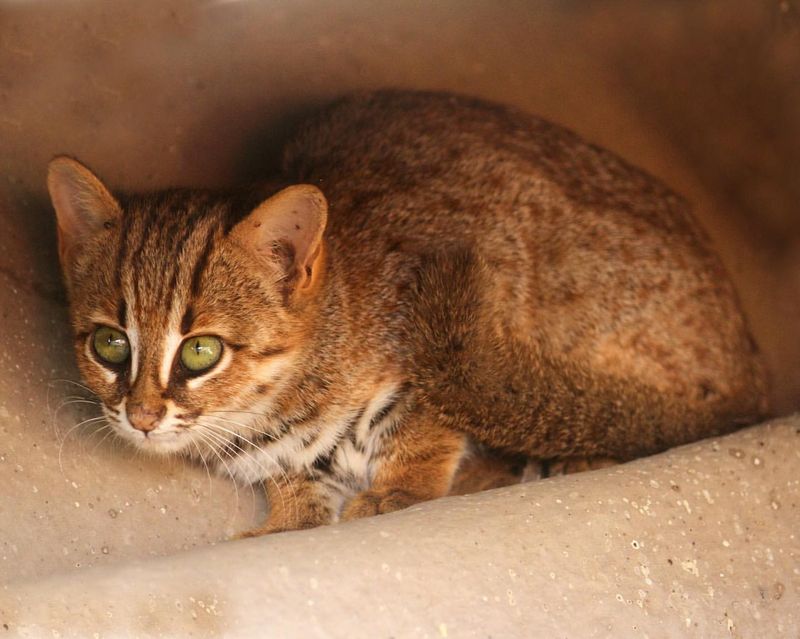
In the forests of India and Sri Lanka, the Rusty-spotted Cat hides in plain sight. Tiny and beautifully marked, it’s one of the world’s smallest wild cats.
Though adorable, it’s under threat from habitat loss and human encroachment. Conservation efforts aim to protect its shrinking forest home.
Spotting one in the wild is a rare and magical moment for any wildlife enthusiast. Patience—and luck—are essential.
2. Iberian Lynx
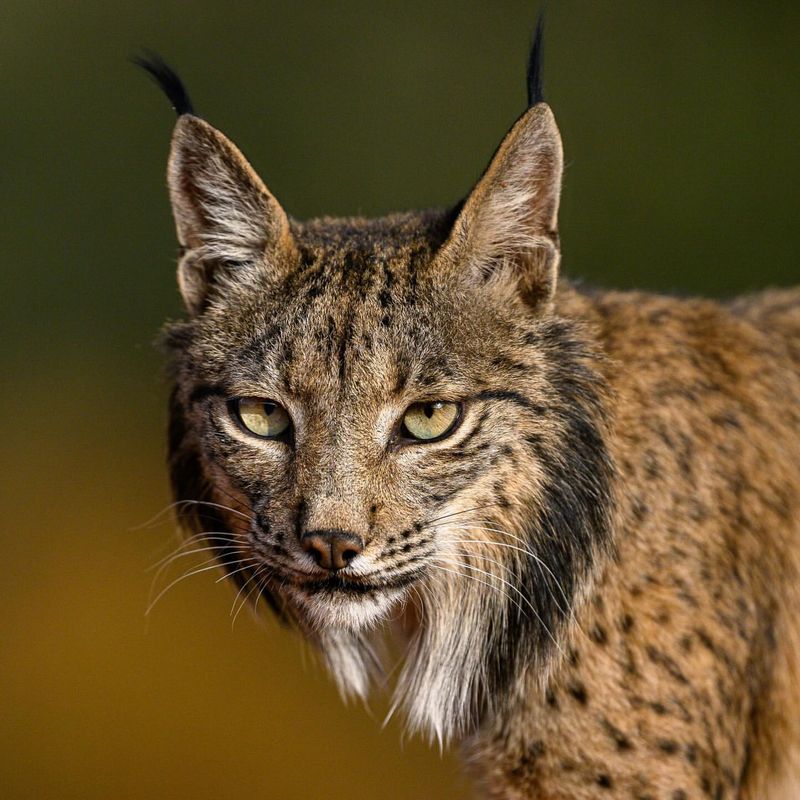
Deep in the Iberian Peninsula, the Iberian Lynx roams as one of the world’s most endangered wild cats.
Once widespread, it’s now mostly found in small parts of southern Spain.
Its tufted ears and spotted coat make it a stunner—and help it hide in Mediterranean scrubland. Rabbits are its go-to snack, so conservation efforts focus on boosting both lynx and bunny numbers.
Visitors to Andalusia might spot one in the wild, especially in protected parks. Just bring patience and quiet footsteps.
3. Amur Leopard
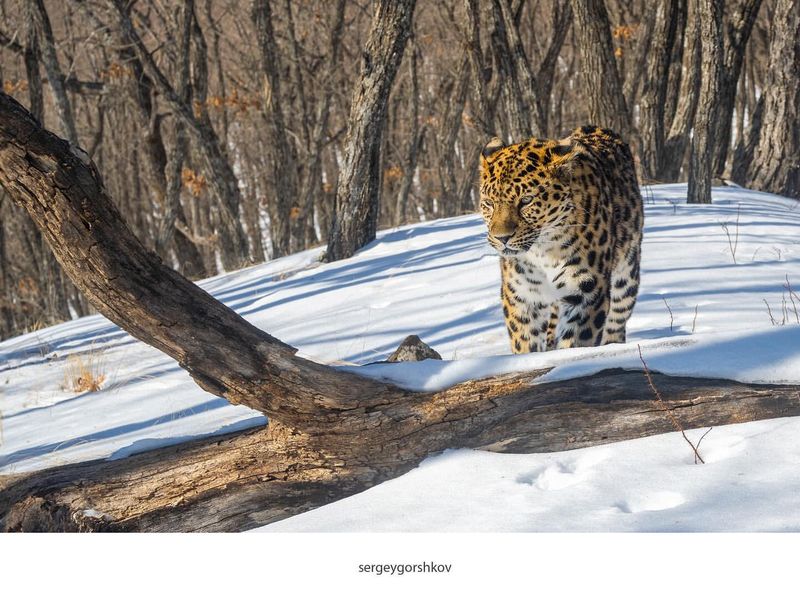
In the snowy forests of Russia’s Far East, the Amur Leopard roams with quiet grace. Its pale coat and bold rosettes help it blend into the wintry landscape.
With fewer than 100 left, it faces grave threats from poaching and shrinking habitat. But there’s hope through anti-poaching efforts and forest restoration.
Land of the Leopard National Park offers a glimpse into its world. Visitors can support conservation while exploring breathtaking terrain.
4. Asiatic Golden Cat
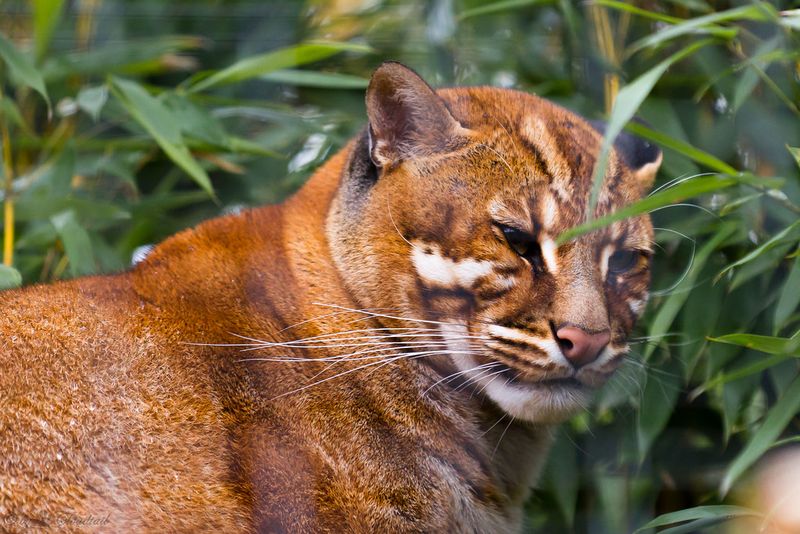
The Asiatic Golden Cat prowls the dense forests of Southeast Asia, cloaked in a stunning golden-brown coat. Its sleek fur helps it vanish into the jungle like a shadow.
Mostly active at night, it spends daylight hours hidden in trees or thick underbrush. Stealth is its superpower, and hunting small prey is its game.
This mysterious cat thrives in tropical and subtropical forests, showing off its adaptability. It’s a rare gem of the wild.
5. Snow Leopard
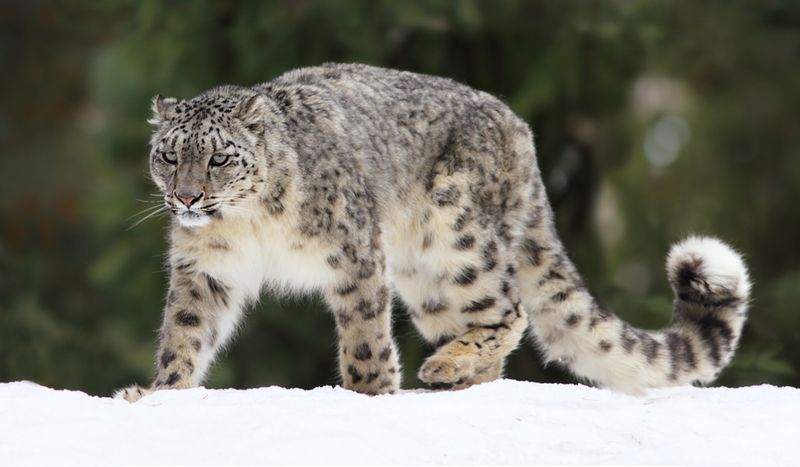
High in Central Asia’s mountains, the Snow Leopard moves with silent grace and unmatched agility. Its thick, spotted coat keeps it warm as it scales rocky cliffs with ease.
Though well-adapted, it faces threats from habitat loss and conflicts with herders. Conservation efforts now focus on helping people and leopards live side by side.
A sighting in Kyrgyzstan or Mongolia is rare—but unforgettable. Eco-tourism here supports local communities and the leopard’s future.
6. Borneo Bay Cat
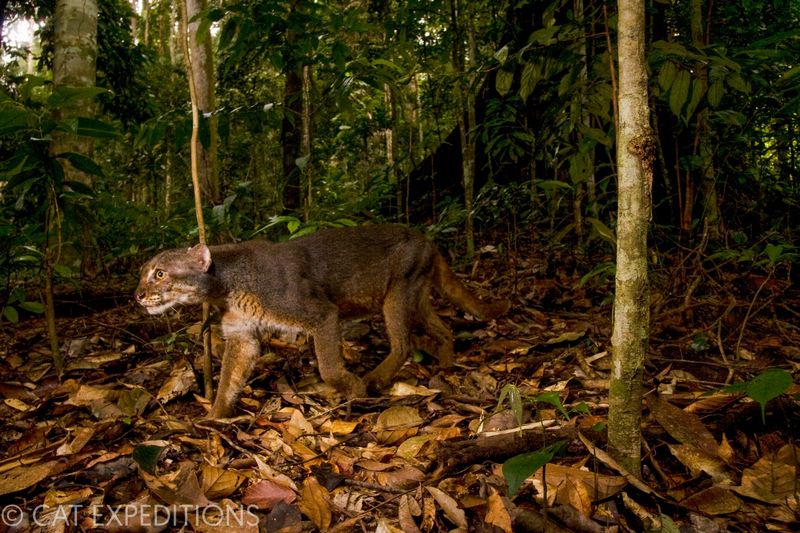
Hidden in Borneo’s rainforests, the Borneo Bay Cat is one of the world’s most mysterious felines. Its reddish coat helps it vanish into dense jungle, making sightings incredibly rare.
Very little is known about its behavior or habits, adding to its mystique. Sadly, deforestation is its biggest threat.
Researchers are racing to protect its habitat and learn more before it’s too late. Every bit of support counts.
7. Andean Mountain Cat
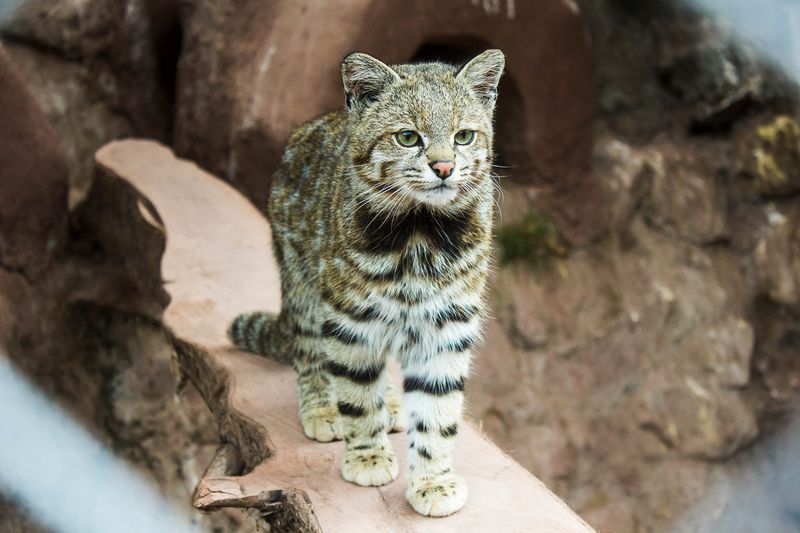
In the rugged Andes, the Andean Mountain Cat prowls silently among rocky slopes. Its thick gray coat and fluffy tail keep it warm in the icy heights.
Though remote, it’s still at risk from hunting and habitat loss. Conservation efforts now focus on education and protecting its fragile home.
Spotting one is incredibly rare—but unforgettable. Respecting their space helps keep them safe.
8. Flat-Headed Cat
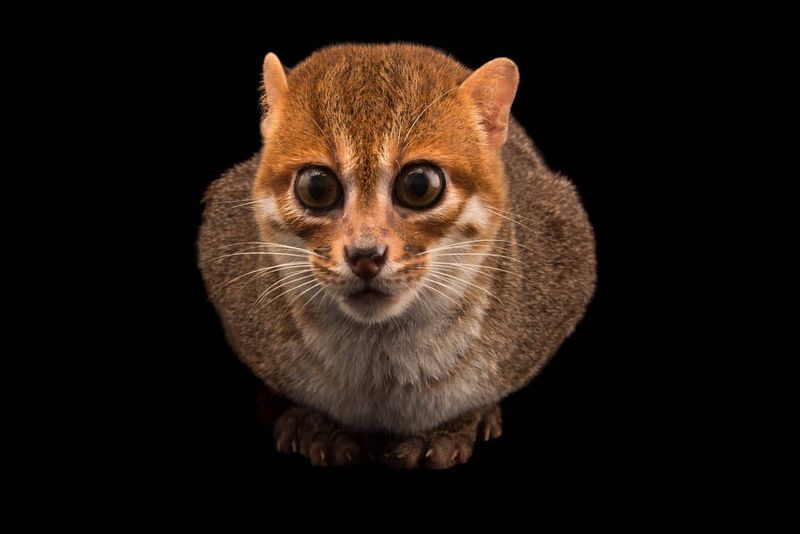
In the wetlands of Southeast Asia, the Flat-headed Cat thrives with features made for water. Its flattened skull and webbed feet make it a skilled swimmer and fish hunter.
Sadly, expanding agriculture is shrinking its home. Wetland preservation is key to its survival.
Curious travelers can learn more in Malaysia or Indonesia’s marshy regions. Just tread lightly and support local efforts.
9. Chinese Mountain Cat
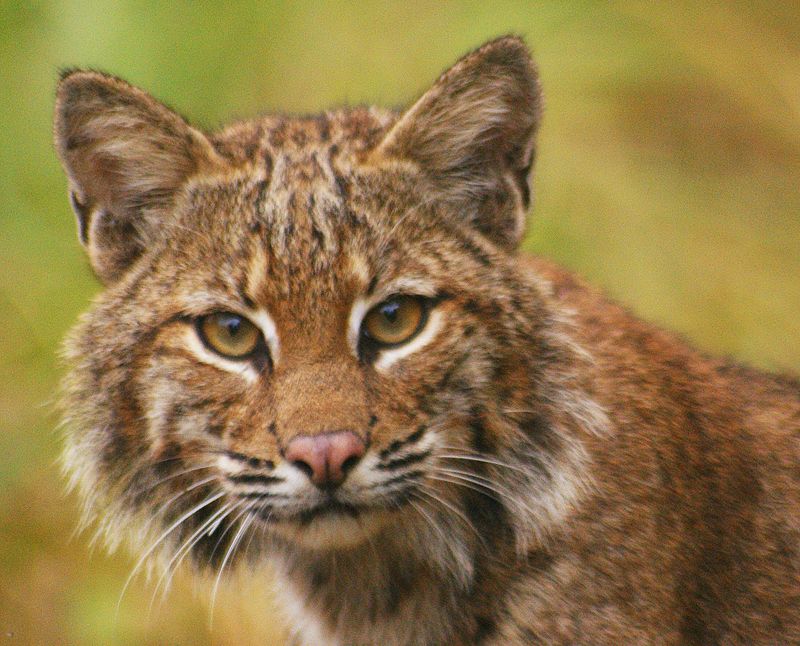
High on the Tibetan Plateau, the Chinese Mountain Cat navigates rugged terrain with quiet resilience. Its thick, sandy coat and bold facial markings help it blend into the rocky wild.
Despite its remote home, threats like habitat loss and prey decline put it at risk. Conservation focuses on habitat protection and reducing conflict with humans.
Lucky travelers might glimpse this secretive cat while exploring the plateau’s vast wilderness. It’s a rare reward for the truly adventurous.
10. Margay
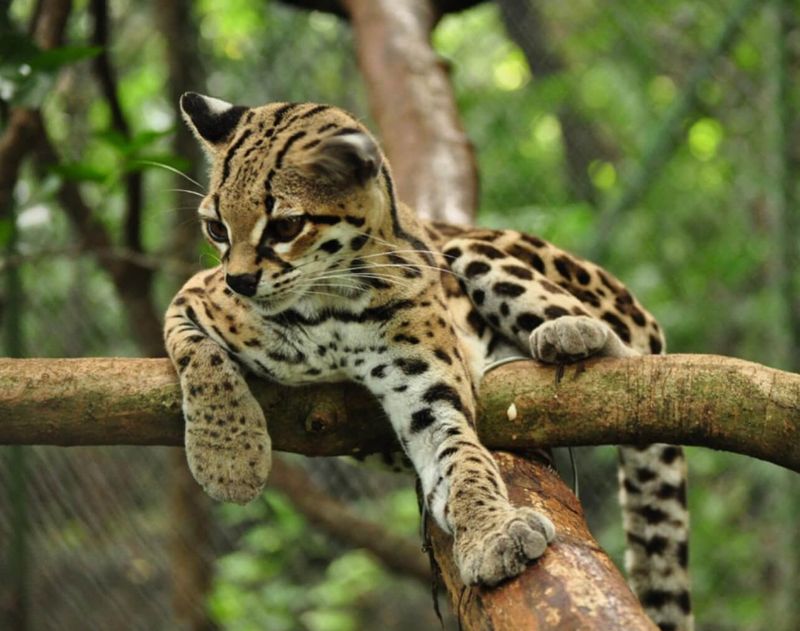
High in the treetops of Central and South America, the Margay moves like a rainforest acrobat. It can leap, climb, and cling to branches with ease.
This cat depends on dense forest, making deforestation a major threat. Protecting its leafy home is critical.
Spotting a Margay in the wild is a rare and magical moment. The Amazon offers your best chance.
11. Fishing Cat
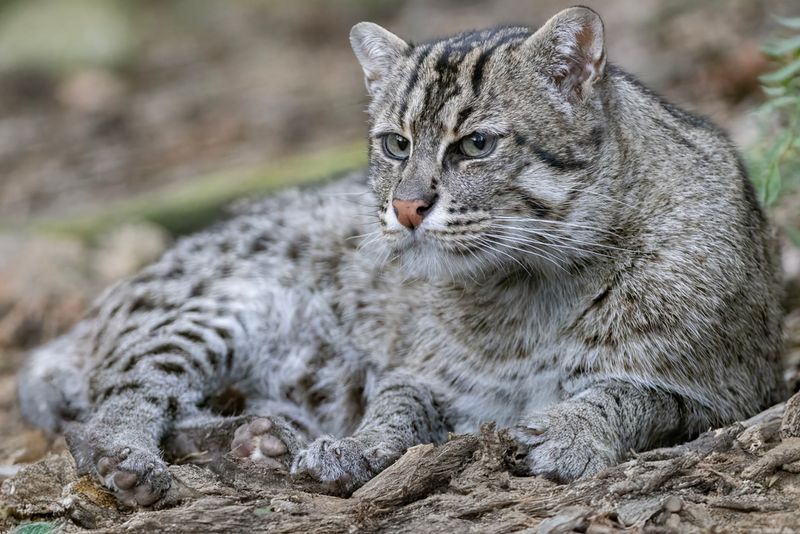
In the wetlands of South and Southeast Asia, the Fishing Cat rules the water with style. Its stocky frame and webbed feet make it a pro at swimming and catching fish.
Sadly, pollution and shrinking wetlands are putting this skilled hunter at risk. Conservation efforts aim to protect these vital habitats.
Travelers in places like India and Sri Lanka might spot one near the water’s edge. It’s a rare and exciting sight.
12. Javan Leopard
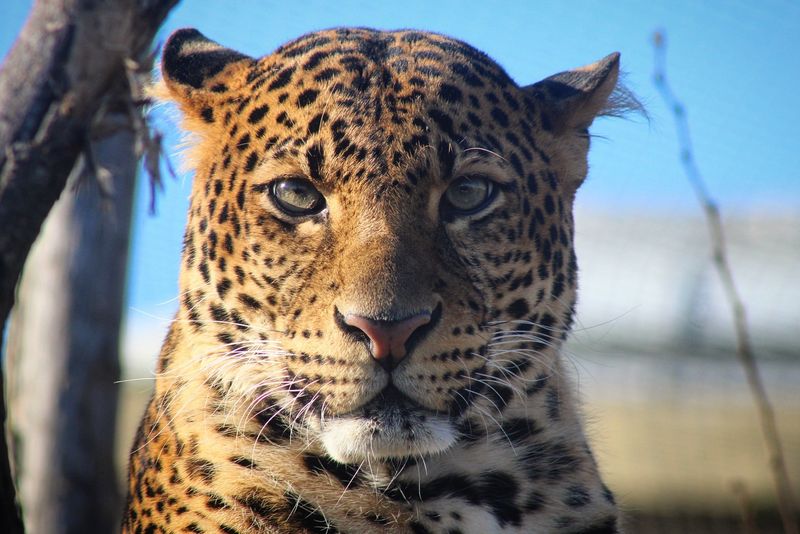
In Indonesia’s lush Java forests, the Javan Leopard moves like a shadow through the trees. Its spotted coat and silent steps make it a master of stealth.
Deforestation and human activity now threaten its survival. Conservation efforts focus on habitat protection and community involvement.
Java’s national parks offer a rare chance to see this elusive big cat. Patience and respect are key.
13. Pampas Cat
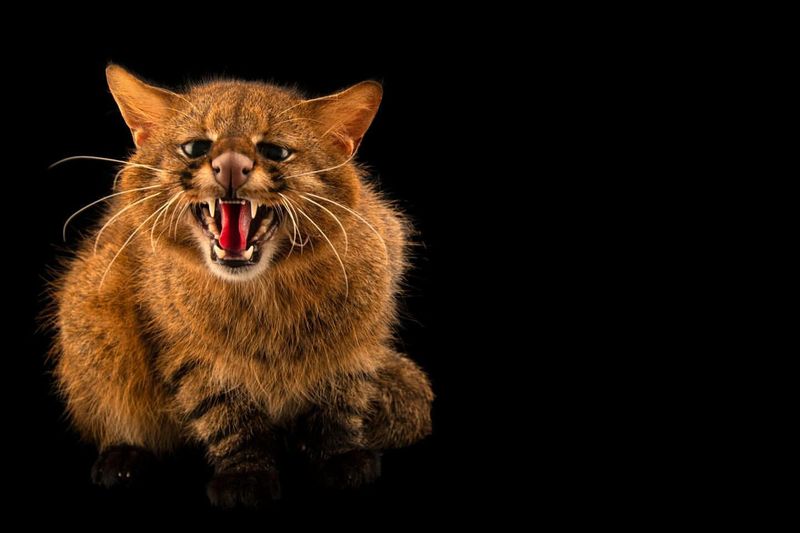
Across South America’s grasslands, the Pampas Cat prowls with quiet elegance. Its mottled coat helps it vanish into tall grasses while it hunts at night.
Agricultural expansion is shrinking its home, posing serious threats. Conservation efforts focus on protecting habitats and studying this elusive feline.
Night tours in the pampas offer a slim chance to spot one in the wild. Patience is key for this shy wanderer.
14. Black-Footed Cat
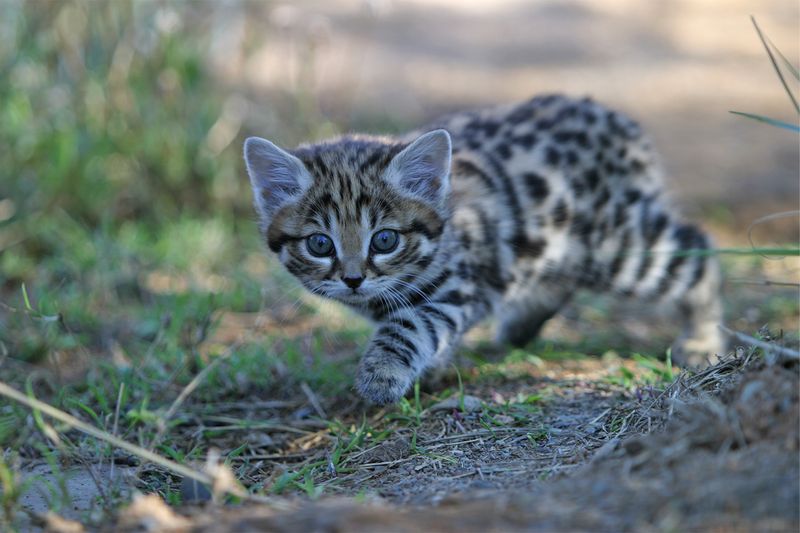
In Southern Africa’s arid savannas, the Black-footed Cat proves that size isn’t everything. This tiny feline is a fearless hunter, often tackling prey bigger than itself.
Habitat loss and human activity threaten its survival, making protection efforts urgent. Conservationists are working hard to safeguard its shrinking home.
Travelers to places like the Karoo may catch a rare glimpse of this nocturnal predator. Every sighting is a reminder of its wild resilience.
15. Pallas’s Cat
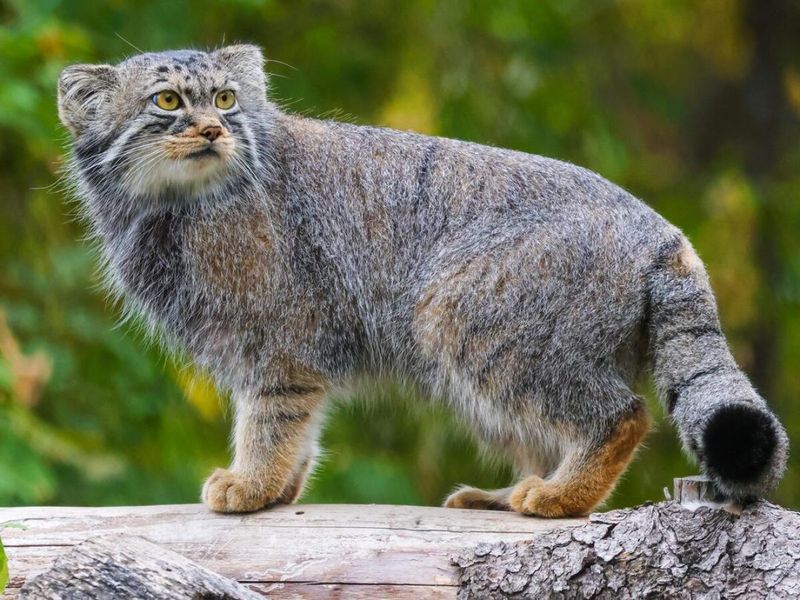
With its thick fur and grumpy expression, the Pallas’s Cat is a true master of camouflage. Native to Central Asia’s steppes, it blends perfectly into rocky landscapes.
This small but mighty feline thrives in cold, dry regions like Mongolia, China, and Russia. It hunts at dawn and dusk, preferring solitude and silence.
Adapted to harsh altitudes, it survives where few others can. Every fluffy inch of it screams survival expert.


